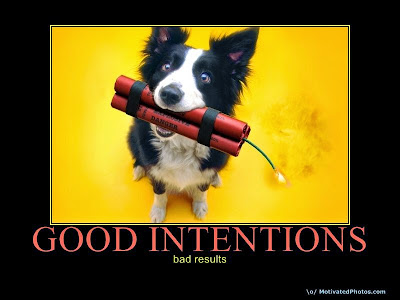O sector agrícola com uma evolução muito boa:
Calçado com uma quebra de 8%.
Não costumo acompanhar, mas o sector da marroquinaria está com uma evolução notável. Cresceu quase 10% em Janeiro e depois, mais de 25% nos restantes meses do semestre.
Pela primeira vez desde há muito tempo o têxtil com evolução negativa, "Exportações de têxteis afundam 12,7% em junho".
Apesar das importações têxteis terem crescido. Por exemplo as exportações de vestuário de malha cairam 33 milhões de euros no semestre, mas as importações aumentaram 46 milhões de euros. E muitas das importações são material em curso de fabrico para ser exportado depois. Há aqui algo a merecer investigação.
Claro que tudo isto com base nos números do INE, mas há coisas que nos deixam a pensar. Por exemplo, segundo os números do INE as exportações para a China foram de cerca de 300 milhões no semestre e caíram 4% face a 2018. Já com base nos números dos serviços de alfândega chineses as exportações portuguesas no meso período chegaram aos 998 milhões de euros e cresceram 4%. (fonte)


















